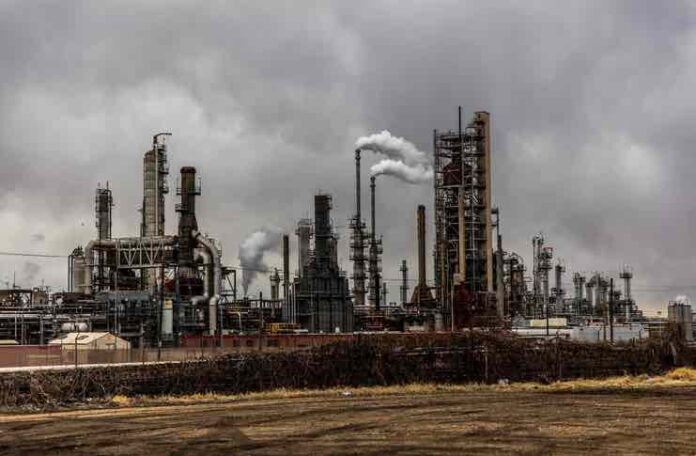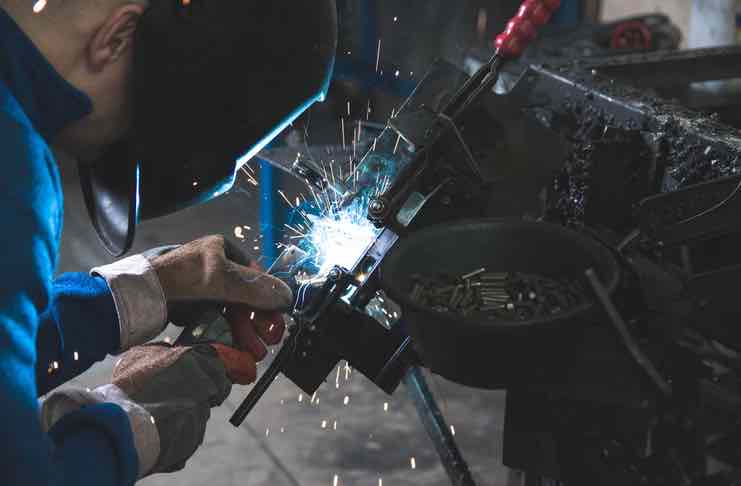
The Philippine economy is well-known for being remarkably diverse, but when most people think about this Southeast Asian country, heavy industries aren’t the first thing that comes to mind. However, the Philippines does, in fact, have a fast-growing heavy industry sector. The low profile may have much to do with historical neglect of this sector in favor of a focus on services. However, as the country’s economy continues to grow, the opportunities for heavy industry manufacturers have become too many and too profitable to ignore.
Today, the Philippine heavy industry sector produces a modest but growing selection of products for both domestic and export markets. With plenty of exceptions, many of these businesses are located in industrial parks and are mostly situated away from dense urban centers due to their unique infrastructure requirements.
What Are “Heavy Industries”?
Today, the term “heavy industries” refers to capital-intensive businesses that are difficult to set up. In many cases, the goods produced by these businesses require specialized logistics chains and cannot be easily transported with readily available solutions. The word “heavy” is a throwback to the early days of industrialization, referring to the coal, iron, and other heavy materials typically used and produced by these businesses.
In the Philippines, the sector is represented by industries such as shipbuilding, machinery and transport equipment manufacturing, and mining and mineral processing.
How Did the Heavy Industry Sector Start in the Philippines?
In the Philippines, heavy industry enterprises only started being set up in significant numbers from the latter part of the 19th century and the early 20th century, during the Spanish and American colonial periods. Early on, such businesses involved in ironworks, sugar refining, and other basic materials processing formed the core of the local heavy industry sector. These were mostly put in place to support the extraction of natural resources or to increase the market value of these same resources.
In the postwar era, local heavy industries had seen steady growth consistent with those of other Asian neighbors. However, by the 1980s, this growth had stagnated and a larger portion of the country’s economic output was taken over by agriculture, services, and light industries.

How Did the Philippine Heavy Industries Recover?
In recent years, local heavy industries have seen a revival due to a few different factors. The most obvious is the Philippine government’s public-private partnership projects and the current “Build, Build, Build” endeavors, which are likely to continue through the next administration.
The sheer number of infrastructure projects has created an extremely high demand for all kinds of construction materials, such as steel, aluminum cladding, concrete, PVC and metal pipes, electrical wiring, glass panels, as well as construction equipment, and spare parts. Many of these products are currently being produced domestically from both imported and locally sourced raw materials, giving a significant boost to the heavy industry sector.
Another factor is the increase in investments from foreign businesses engaged in manufacturing. Some of the big-ticket items produced by these companies include ships, automobiles, and semiconductors.
These complex products are produced in fully-featured industrial parks such as the Mactan Economic Zone II in Lapu-Lapu City and the West Cebu Industrial Park in Balamban, Cebu.
However, the successes of businesses are not confined to them and the people they employ. These businesses also require supplies that are created by local businesses, such as copper, plastic products, rubber, and many others.
The transportation and logistics requirements of all these businesses consequently drive up demand for locally manufactured ancillary items such as tools, spare parts, transportation solutions, paper, furniture, and much more.
The economic prosperity driven by these heavy industry businesses has resulted in more prosperity for the communities they are located in and the country as a whole, thanks to their generated tax revenues. This increased prosperity has created more opportunities for other local and foreign players to enter the market, including others that are also involved in heavy industries.
What Are the Immediate Prospects for the Philippine Heavy Industry Sector?
Today, industries of all sizes comprise a little under a third of the Philippines’ economic output and employ about a fifth of the local workforce. Local heavy industries, the crucial linchpins that support all other manufacturers, are starting to become more competitive regionally, thanks to the different factors described above.
Local industrial real estate developers are already betting that the comeback of the Philippine heavy industry is not just a fluke but a long-term trend. Industrial parks are now more likely to feature the types of infrastructure demanded by today’s manufacturers, such as sustainable energy sources, environmentally sound waste disposal, and elevated living options.
While infrastructure developments are likely to keep fueling the growth of the heavy industry sector for the next several years, it may become especially important for local manufacturing businesses to think beyond this immediate driver.
Rather, investors and local manufacturers may want to consider addressing the needs of foreign and domestic markets. Such a move will not only help the local heavy industry sector but will also help the entire Philippine economy be more diverse and resilient.
A graduate of Marketing Management who tried his luck with Sales and soon found himself writing for a living. He began as an Academic Writer before turning into online content and getting serious with his own blog. He daydreams of embarking on an exploration of what the world has to offer while finding inspiration to put his thoughts into writing. He currently contributes for WhenInManila.com. You can check his own blog at themusescamecrashing.wordpress.com.




